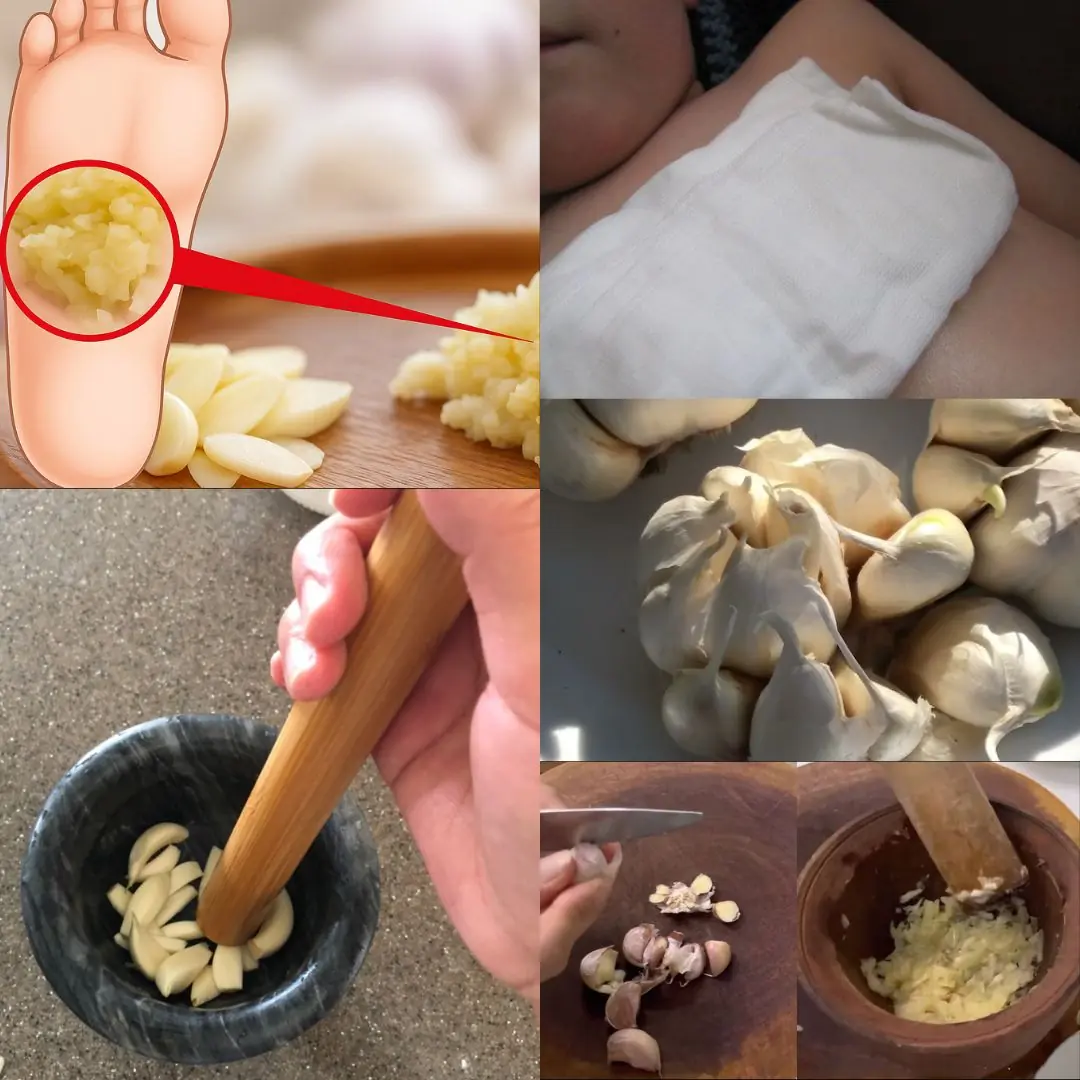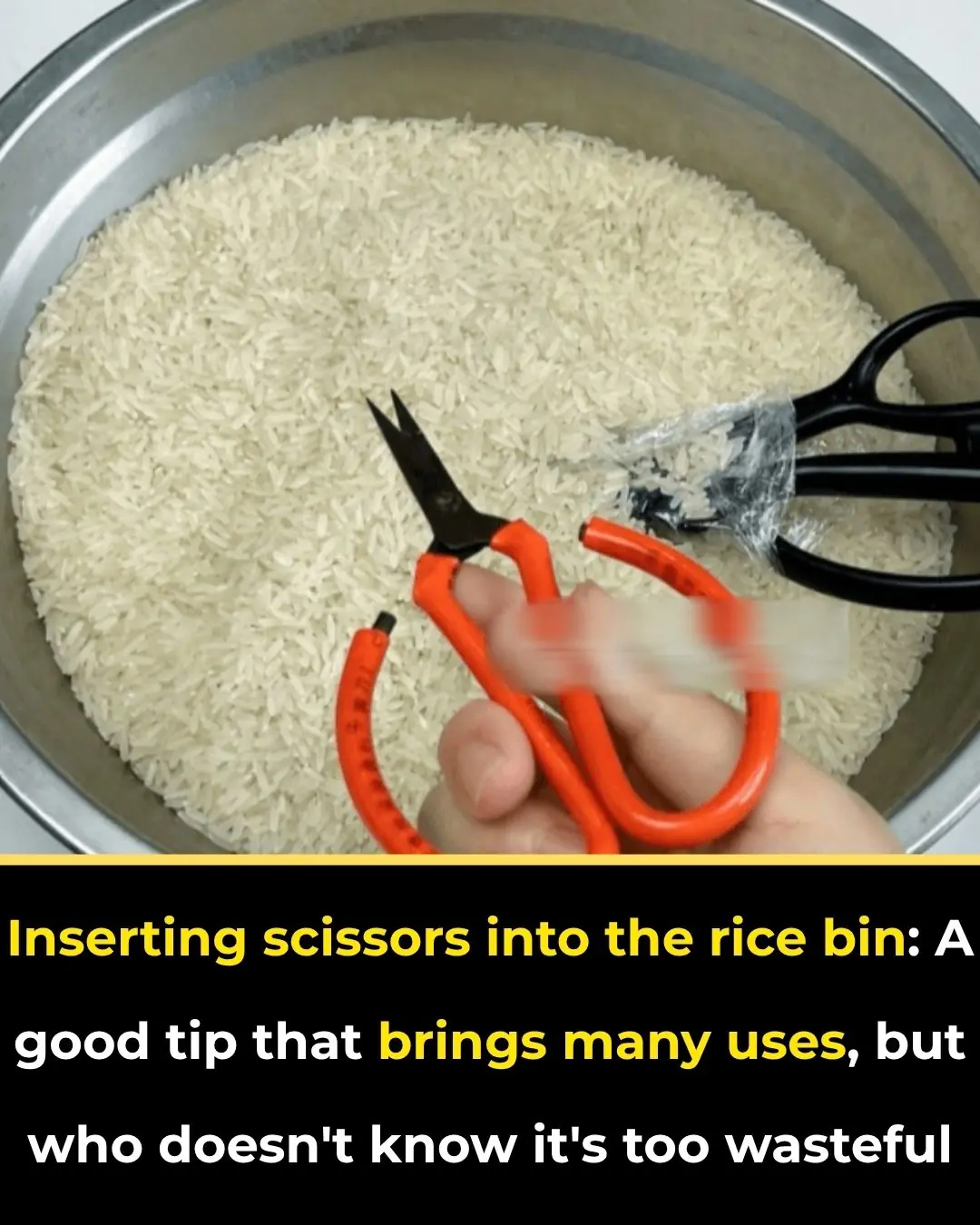
Soak plastic cutting boards in this water, yellow stains and mold will come off and it also kills bacteria very well.

How to Deep Clean and Disinfect a Cutting Board Naturally
Keeping your cutting board clean is essential for food safety and maintaining its lifespan. Over time, food particles, moisture, and bacteria can build up, leaving unpleasant stains and odors. Fortunately, you can easily clean your cutting board using simple, natural ingredients found in your kitchen.
1. Using Baking Powder and White Vinegar

Mix baking powder and white vinegar in equal parts (1:1 ratio) until you form a thick paste. Apply the mixture evenly over the entire surface of the cutting board and let it sit for at least 5 minutes.
Afterward, scrub gently and rinse thoroughly with clean water.
Baking powder has mild acidic properties, and when combined with vinegar, it helps lift stains and dissolve grime stuck on the surface.
⚠️ Note: Baking powder and baking soda are two different substances. While baking powder contains additional acidic agents, baking soda (sodium bicarbonate) is also widely used for cleaning and deodorizing household items. You can substitute one for the other depending on what you have at home.
Extra tip: After rinsing, let your cutting board air dry completely in a well-ventilated place to prevent mold growth.
2. Using Essential Oil and Vinegar
In a spray bottle, combine 1 cup of water, ½ cup of white vinegar, and 5–8 drops of essential oil (optional but recommended). Choose essential oils with antibacterial properties such as eucalyptus, peppermint, or tea tree oil.
Spray the solution evenly across the cutting board’s surface. Then, use a stiff-bristled brush to scrub thoroughly, paying attention to deep cuts and corners where bacteria may hide.
Rinse again with dish soap and water. This vinegar–essential oil mixture effectively disinfects and removes odors, offering a safer alternative to bleach-based cleaners.
However, since this is a mild cleaning solution, it may not remove very old or deep stains. It’s best for regular maintenance rather than heavy-duty cleaning.
3. Using Lemon and Sunlight

Cut a fresh lemon in half, squeeze out the juice, and rub it all over the cutting board’s surface. Let the lemon juice soak in, then place the board under direct sunlight for several hours.
The natural acidity of lemon combined with UV rays from sunlight helps bleach out stains and kill surface bacteria.
If stains remain, repeat this process a few times for better results. Finally, wash the board with warm soapy water and let it dry completely.
Bonus tip: You can sprinkle a bit of salt on the board before rubbing it with lemon for extra scrubbing power.
4. Using Hydrogen Peroxide, Baking Soda, and Dish Soap

In a small bowl, mix 3–4 tablespoons of baking soda, 1 tablespoon of dish soap, and 1–2 tablespoons of hydrogen peroxide (also known as oxygenated water). Apply the mixture evenly to the board’s surface and leave it overnight.
The next morning, scrub the board with warm soapy water and rinse thoroughly.
This method is especially effective for tough, deep-set stains and persistent odors that other methods can’t remove.
Keep in mind that it requires more time and patience, but the result is a spotless, fresh-smelling cutting board.
5. Using Baking Soda, Salt, Vinegar, or Hydrogen Peroxide
Start by soaking the cutting board in white vinegar or spraying 3% hydrogen peroxide directly onto the surface. Let it sit for at least 5 minutes to break down grime and loosen dirt particles.
Next, prepare a paste by mixing baking soda, salt, and water in equal proportions (1:1:1). Spread this paste across the board and scrub thoroughly with a brush.
This combination of ingredients provides a powerful yet natural cleaning action—the salt acts as a gentle abrasive, baking soda neutralizes odors, and vinegar or hydrogen peroxide disinfects the surface.
Although this method requires several ingredients, they’re all inexpensive and easy to find in any household. The results are impressive—your cutting board will look cleaner, smell fresher, and feel smoother to the touch.
Final Tips
-
Always let your cutting board dry completely after washing to prevent bacteria and mold growth.
-
Avoid soaking wooden cutting boards in water for too long, as this can cause warping or cracking.
-
For extra protection, apply a thin layer of mineral oil or beeswax once a month to keep the board moisturized and durable.
By using these simple, eco-friendly cleaning methods, you can maintain your cutting board’s cleanliness, extend its life, and ensure your kitchen stays hygienic every day.
News in the same category


5 Morning Drinks to Boost Kidney Health, Cool the Liver, and Detoxify Your Body

A Simple Sponge Trick For The Fridge

How to Get Rid of Termites That Bore Into Wooden Doors — Protect Your 10-Year-Old Furniture and Keep It Beautiful

What Kind of Bread Are You

How to help you travel thousands of miles without getting carsick

Common Misunderstandings Turn Water Purifiers into Breeding Grounds for Germs — Stop Now Before It Harms Your Whole Family
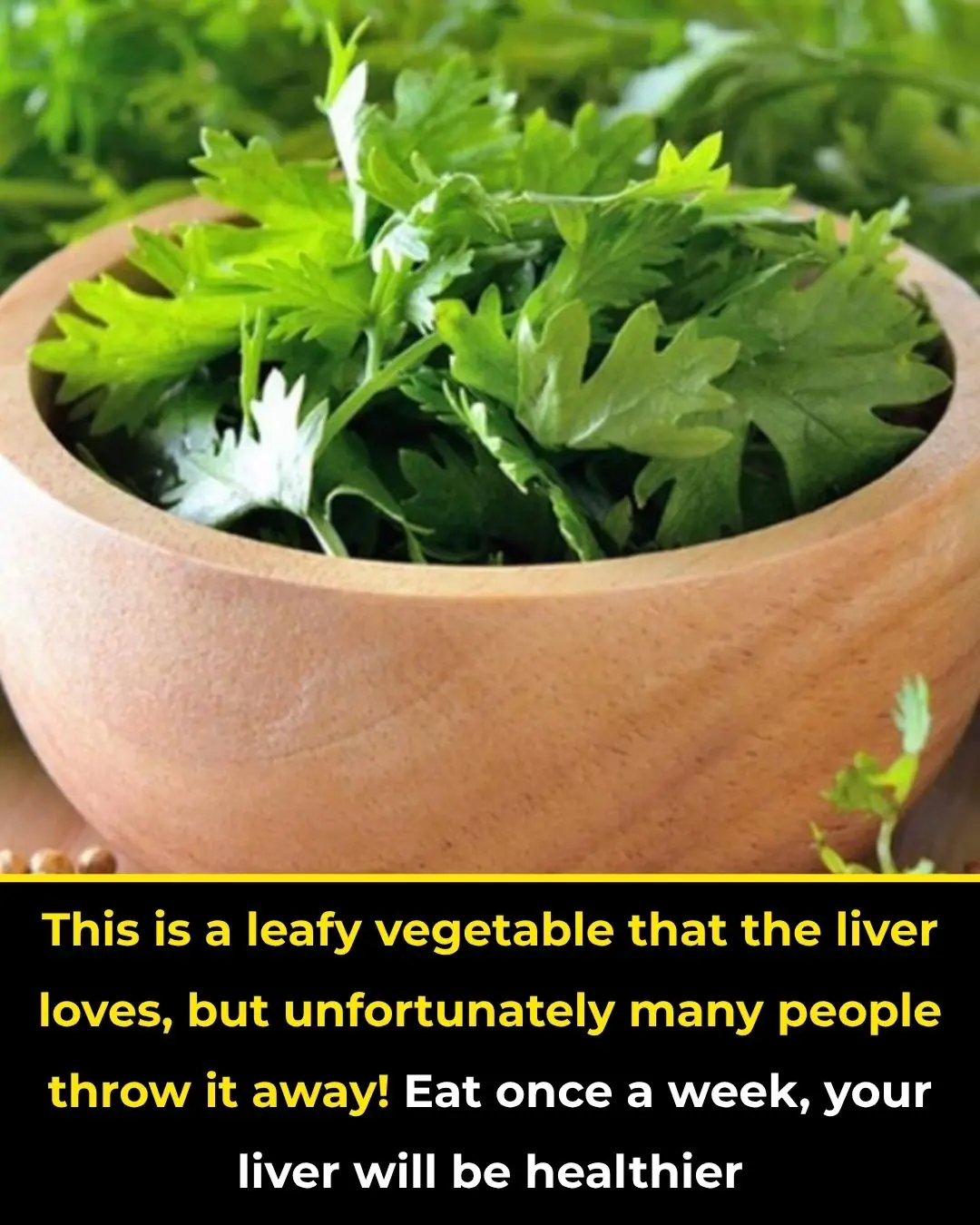
This Is a Type of Leaf That the Liver Loves, But Unfortunately Many People Throw It Away! Eating It Once a Week Can Make Your Liver Healthier
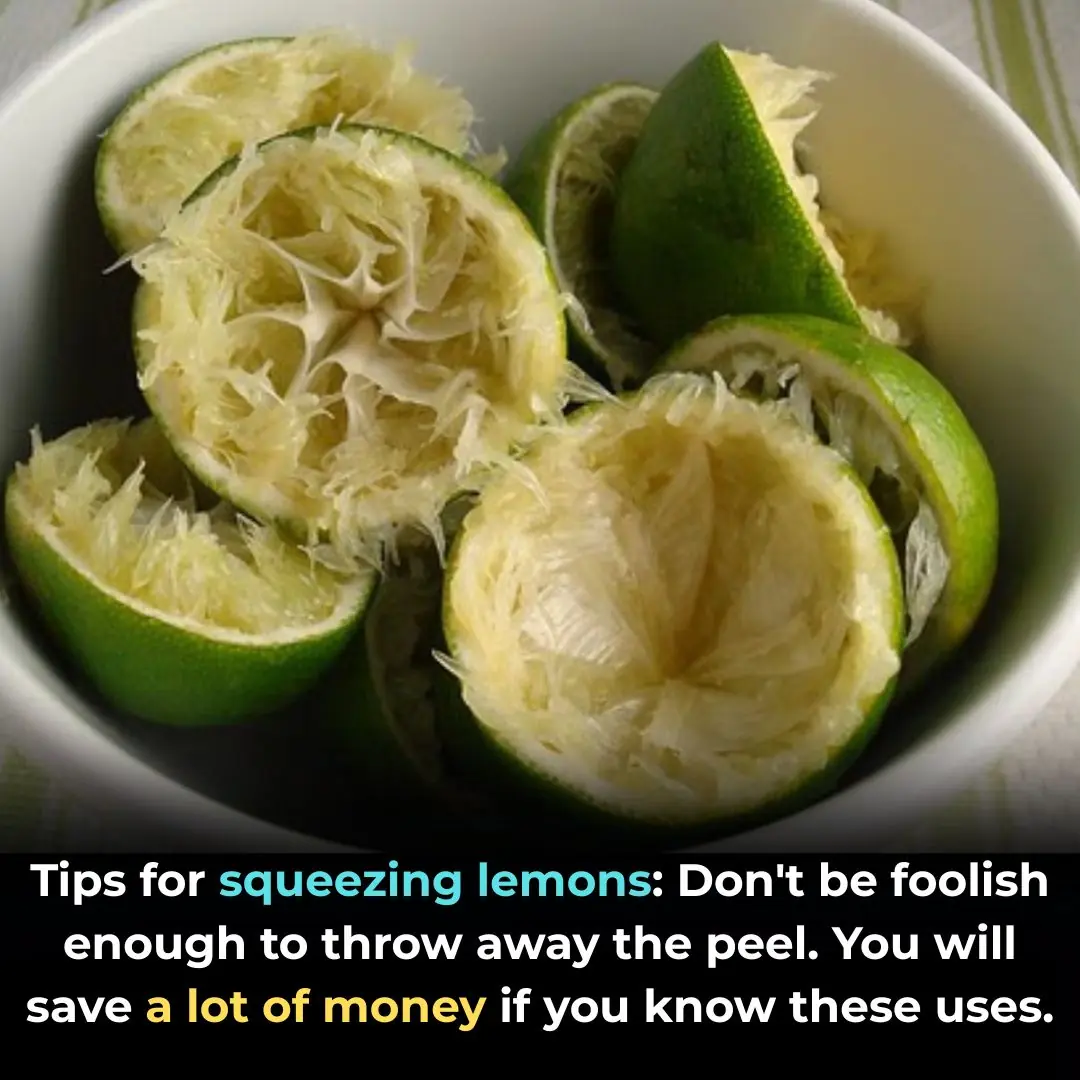
Tips for squeezing lemons: Don't be foolish enough to throw away the peel. You will save a lot of money if you know these uses.

How to make delicious beef steak at home: 5-star restaurant standard taste, eat once and miss it forever

Don't throw away air conditioner wastewater: It has 4 valuable uses that many people don't know about.
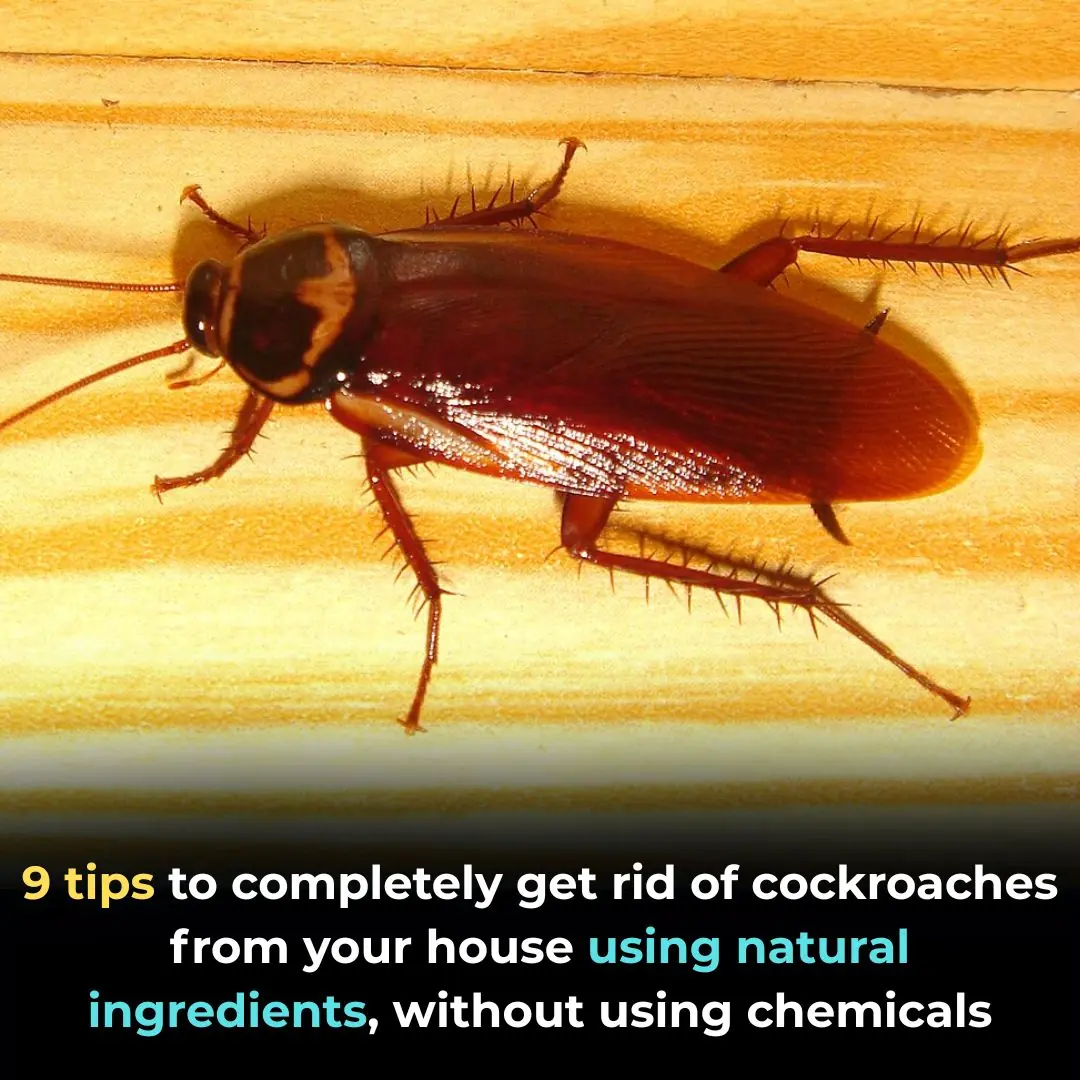
9 tips to completely get rid of cockroaches from your house using natural ingredients, without using chemicals

Moldy walls and ceilings, use this water to clean, cleaner than bleach

Tips to distinguish between naturally ripened bananas and chemically ripened bananas

If you find a centipede at home, here is what it means...
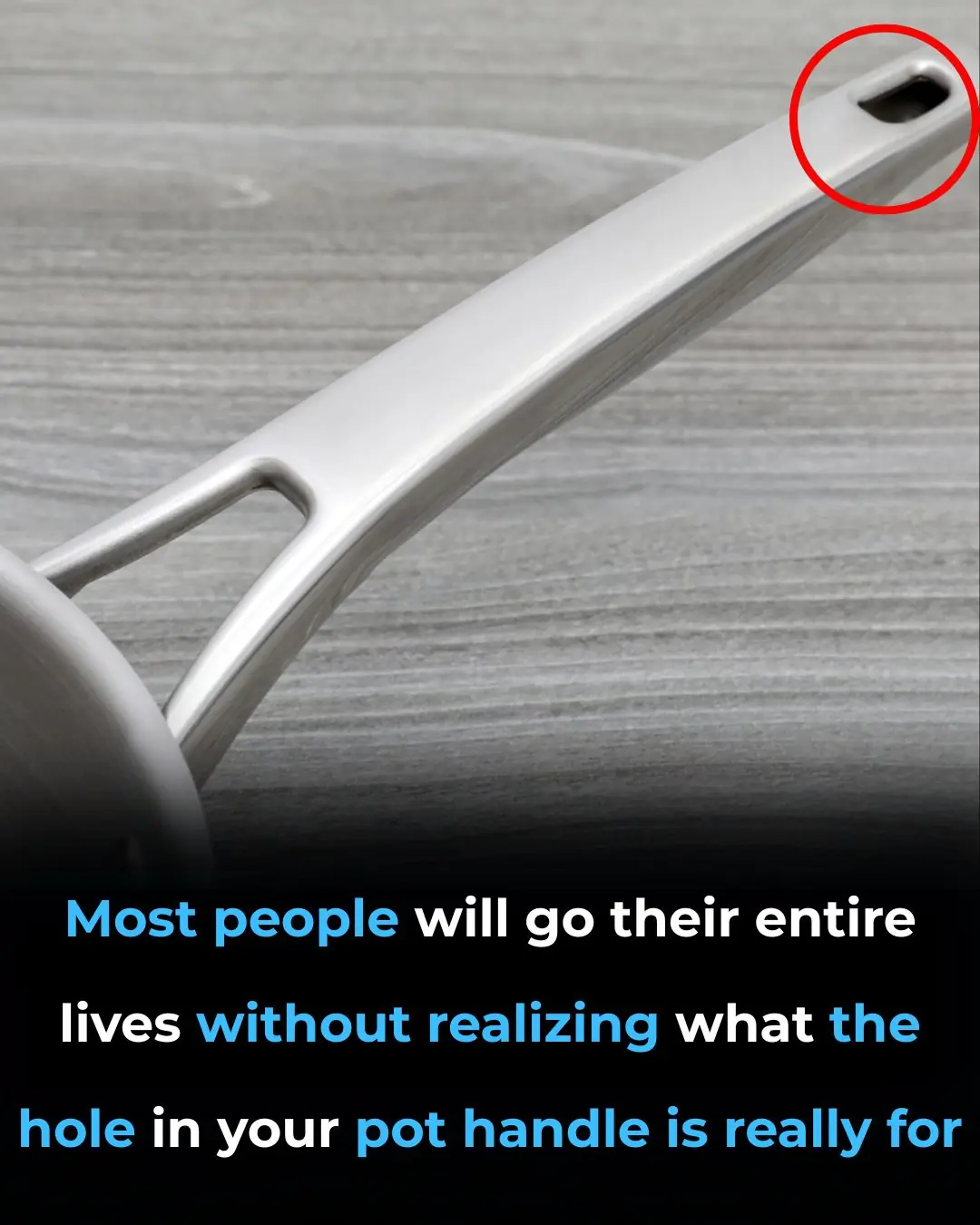
What is its purpose. see details
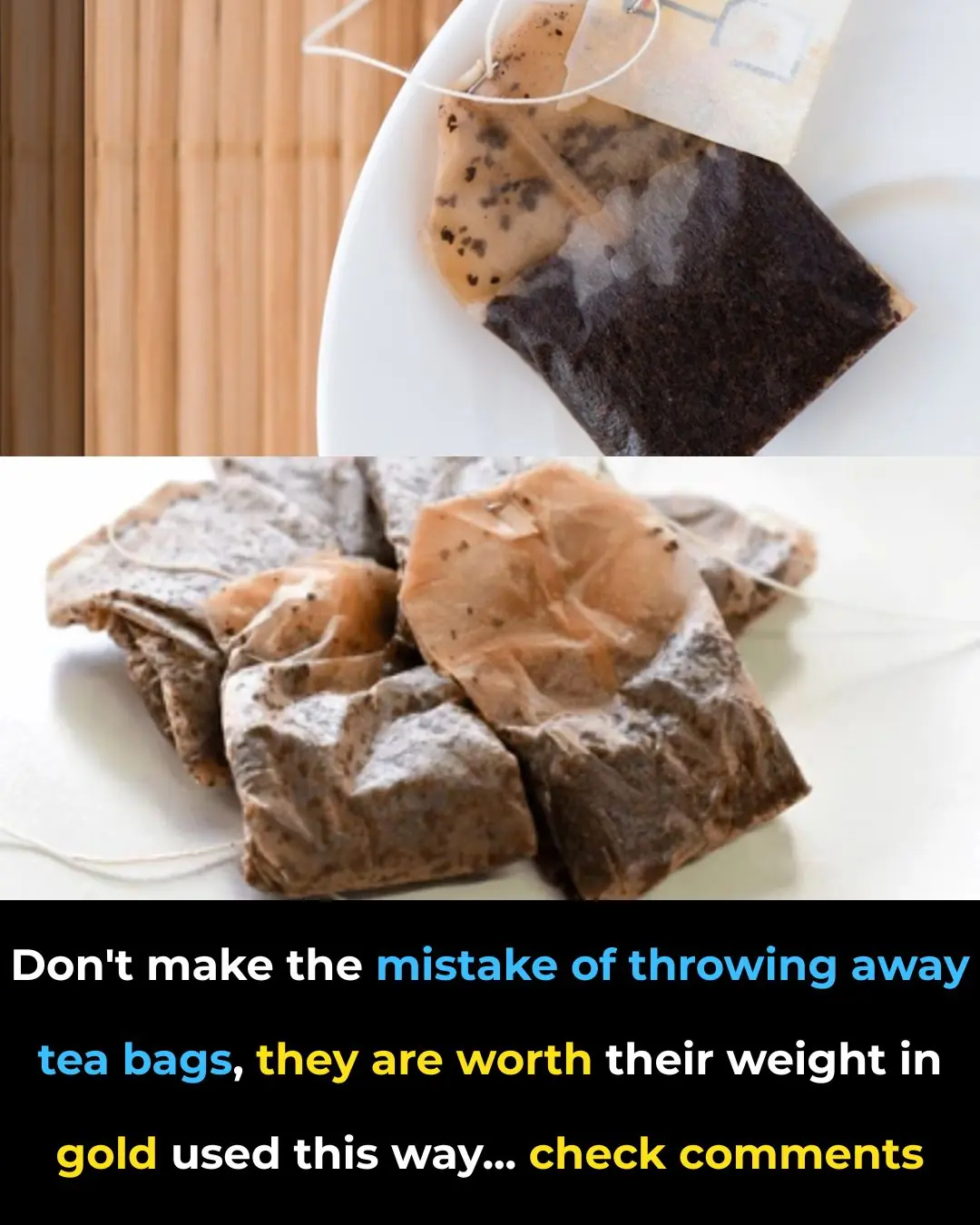
Don't make the mistake of throwing away tea bags. see more

🪟 Vinegar Is the Key to Streak-Free Windows & Shiny Surfaces — But Most People Use It Wrong

This Is The Mistake You Make When Using An Electric Kettle
News Post

Push-Ups and Kindness: How One Deputy Reached a Boy’s Heart.
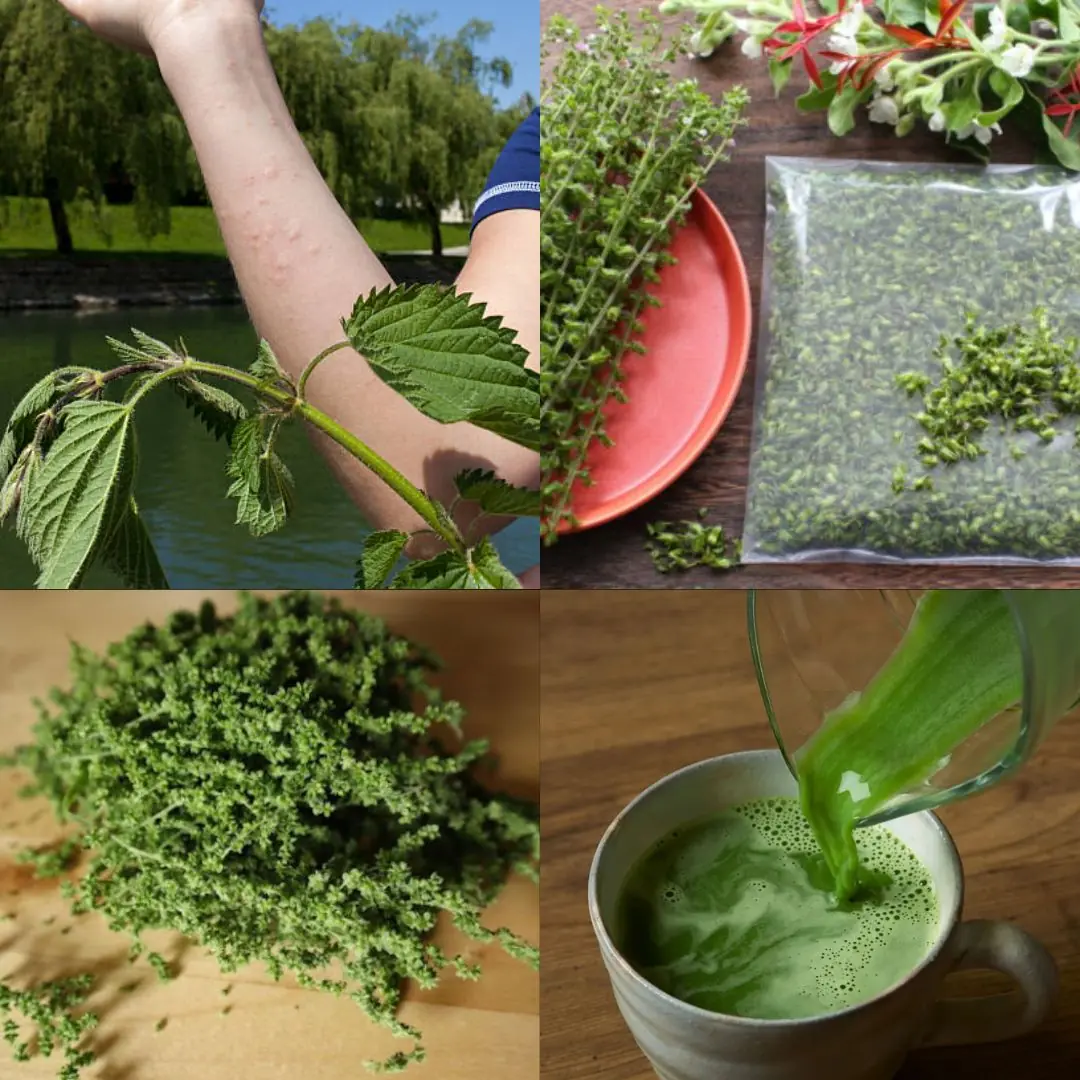
The Power of Urtica dioica: Natural Relief for Joint Pain, Arthritis, and Inflammation

The Woman at the Post Office: A Lesson in Beauty and Humanity.

James Spann: A Birthday, An Anniversary, and a Lifetime of Love

“For Alan” — A Family’s Fight Against Hemimelia

A Simple Breakfast, a Powerful Reminder: Strangers Bridge the Divide with Kindness
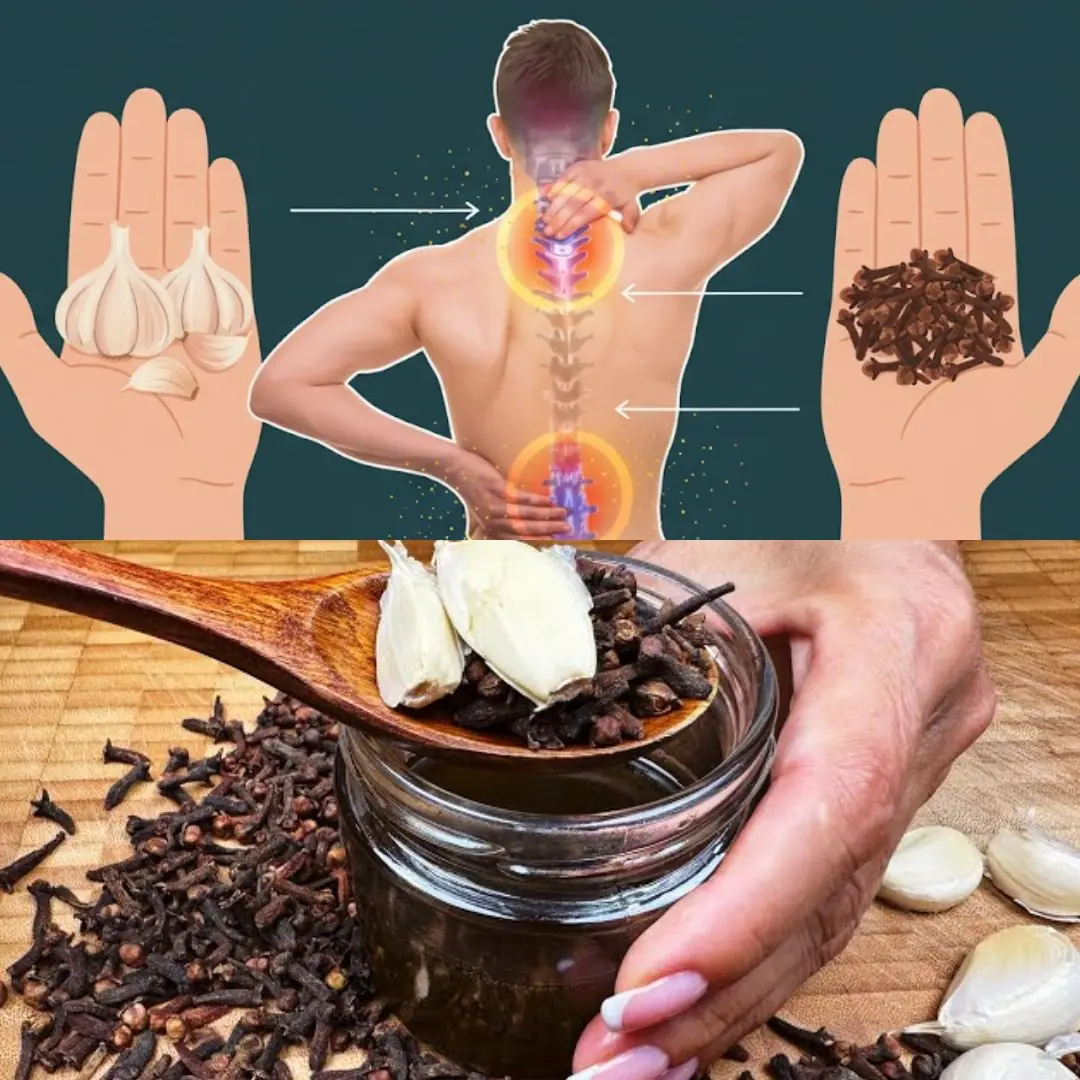
Garlic, Honey, and Cloves – a powerful natural remedy packed with health benefits

A Quiet Room, a Kind Heart, and a Pair of Shoes

From Fear to Home: A Shelter Dog’s Journey to Love

A Chance Encounter in California Reunites Hero and the Boy He Saved 13 Years Ago

The Best Tea for Mornings and After Dinner: A Powerful Blend for Health

The Goldfish Alligator: A Florida Kid's Wild Attempt at Luring a Reptile

Benefits and Uses of Papaya Flowers Soaked in Honey

The Wiener Dog and the Bear: A Friendship Lost and Found in the Mountains

Papaya releases a milky sap, but most people don’t realize how important it is
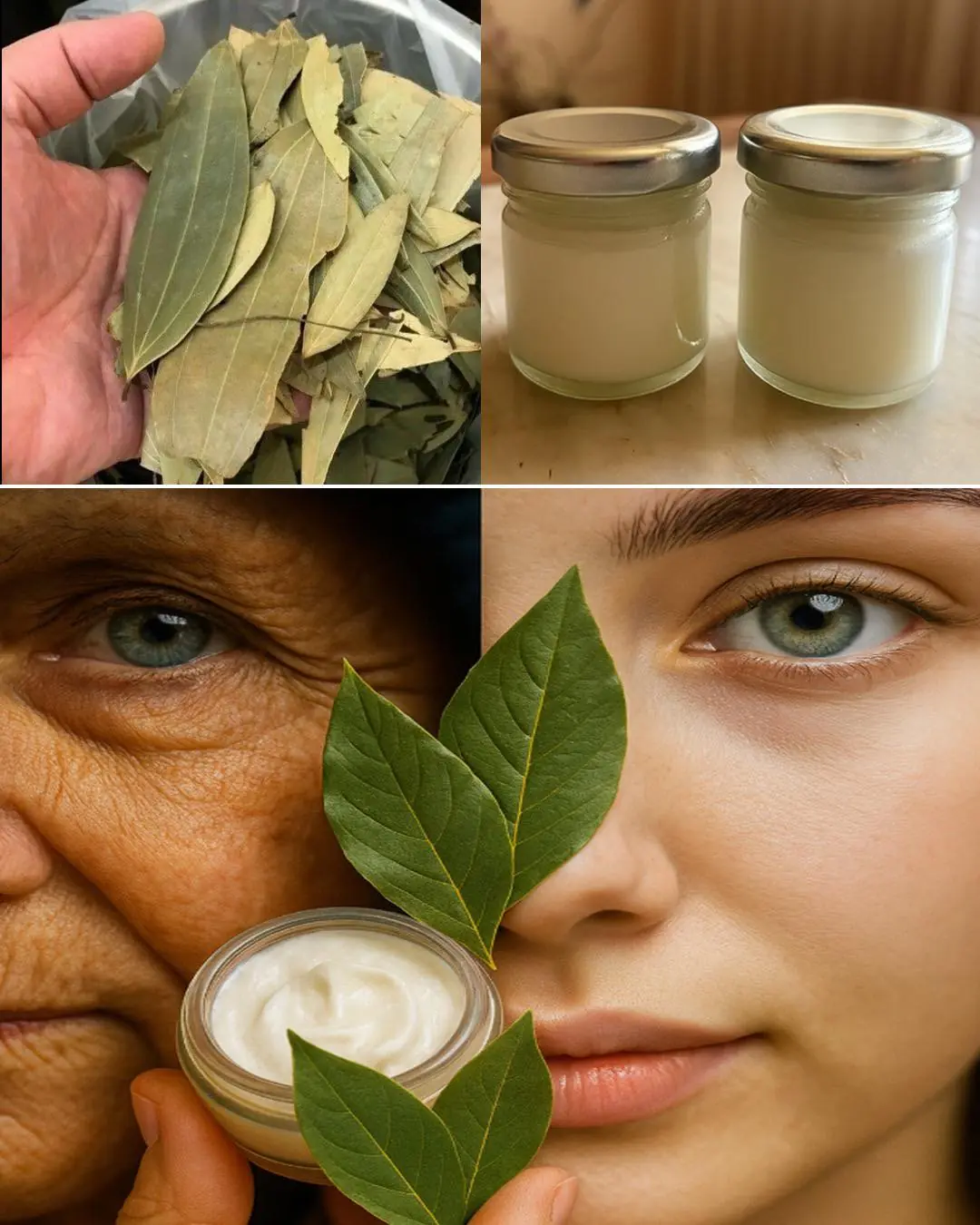
Bay Leaf – Nature’s Secret Against Wrinkles and Fine Lines
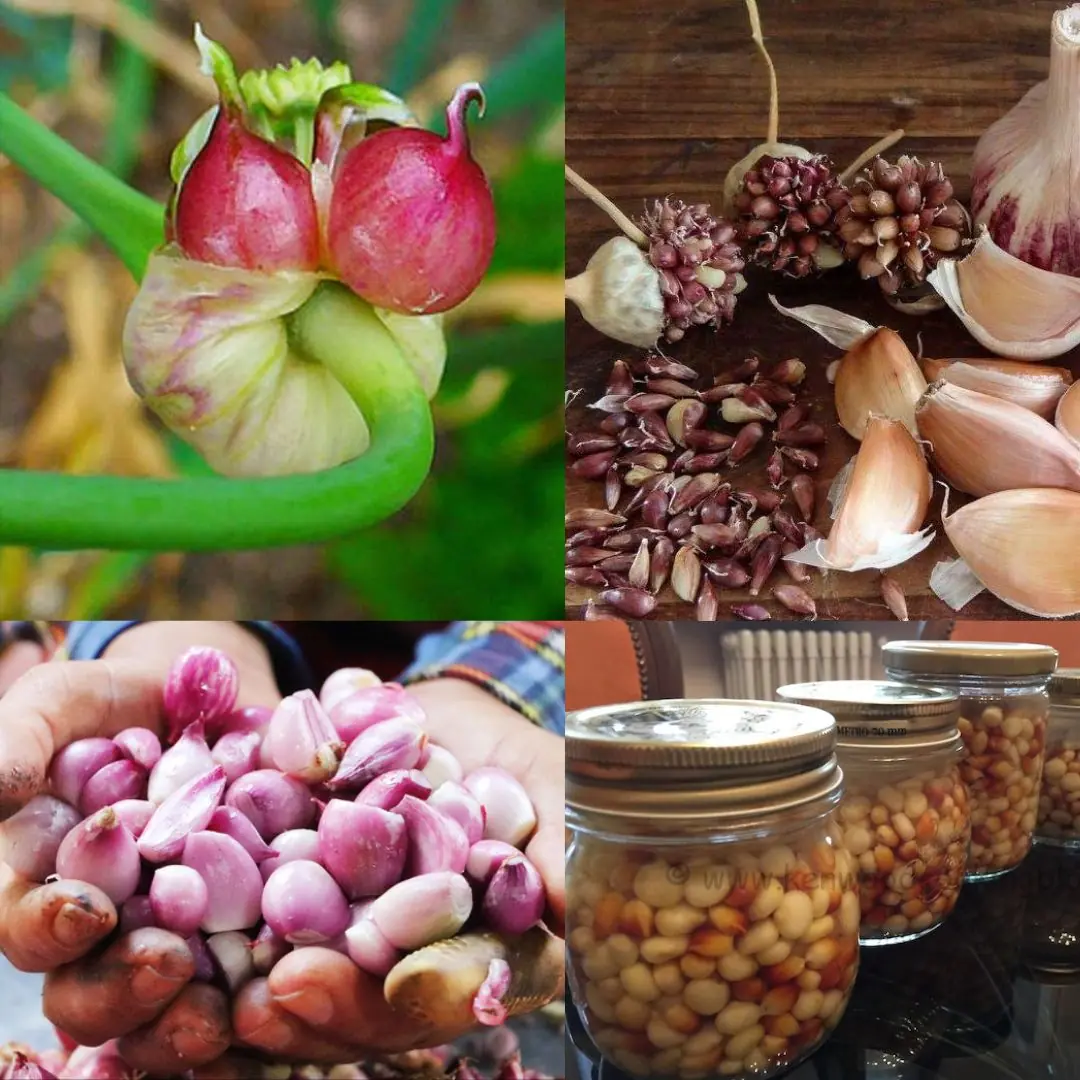
The Hidden Power of Garlic Bulbils: Nature’s Tiny Healing Pearls
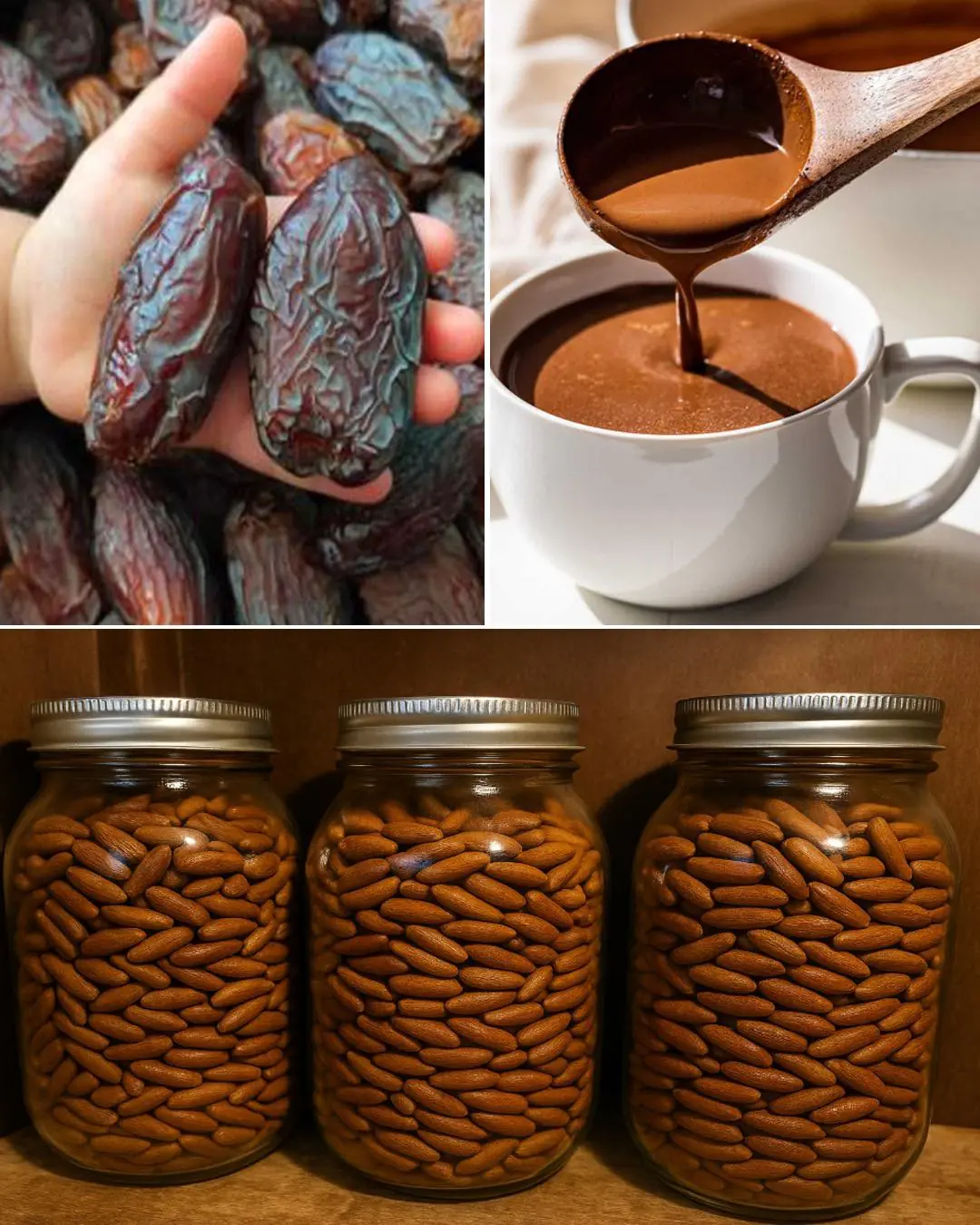
Date Seeds Benefits: The Superfood Ingredient with incredible health benefits
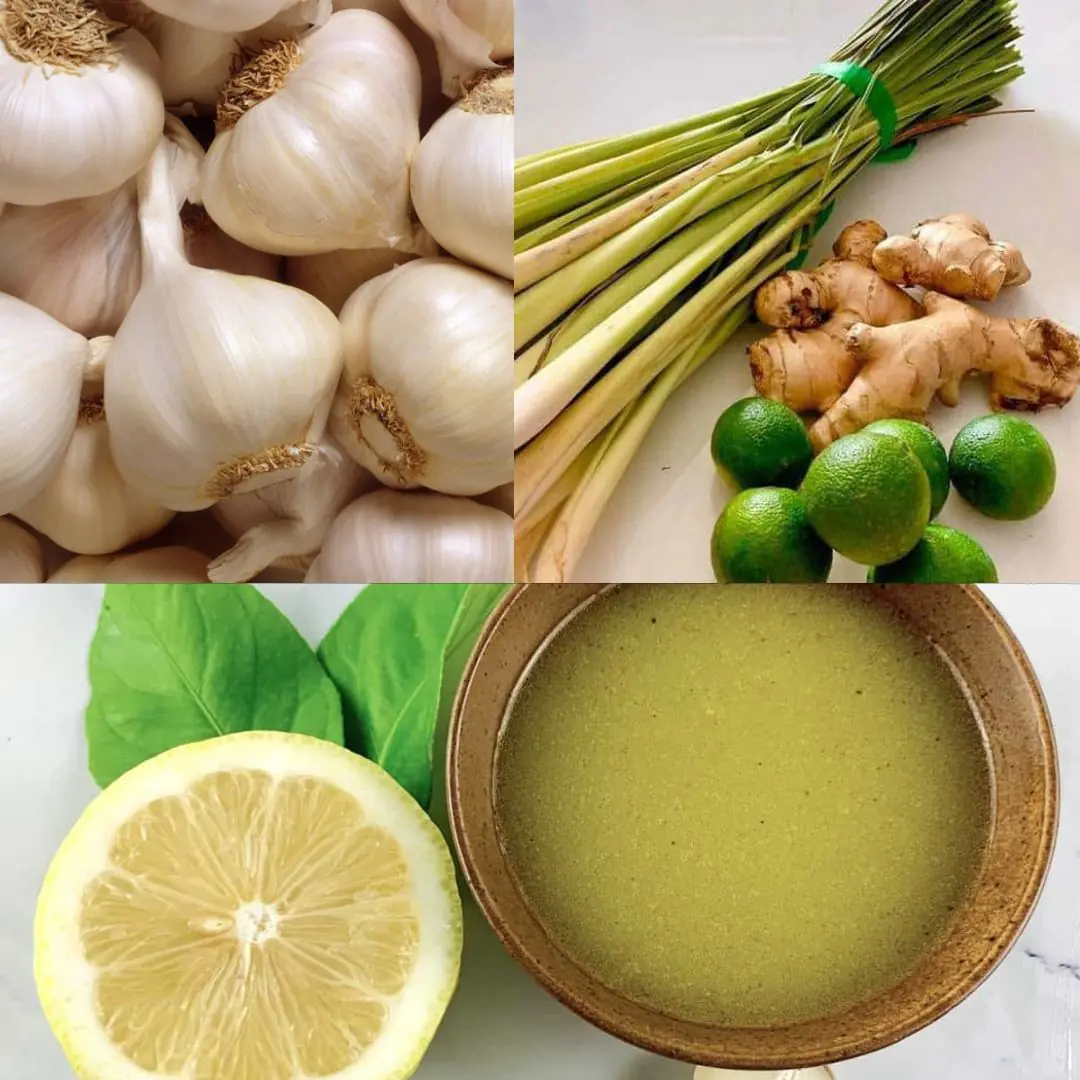
Unlock The Incredible Health Benefits of Garlic, Ginger and Lemon for Men
